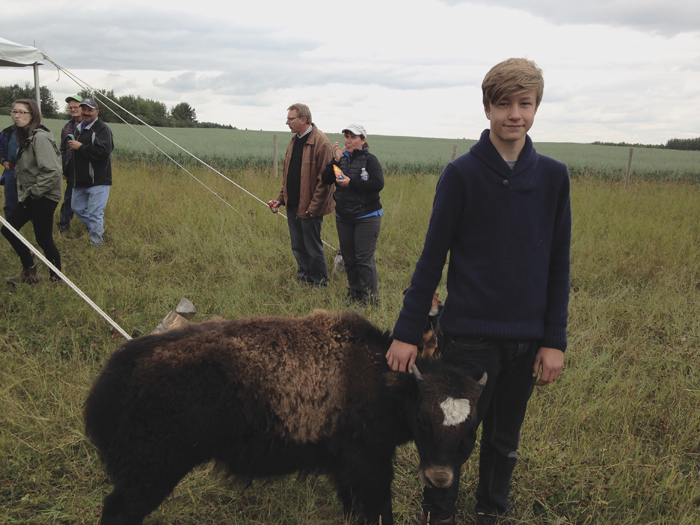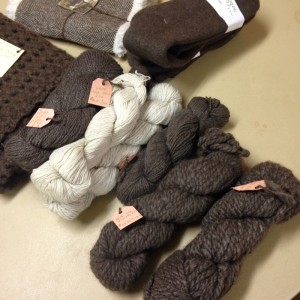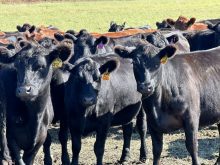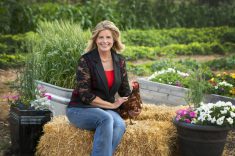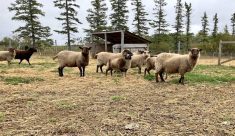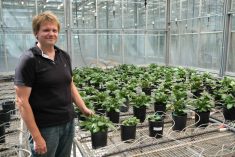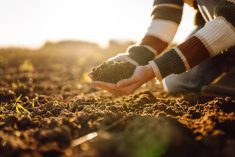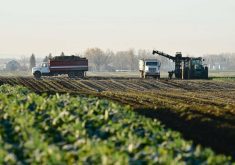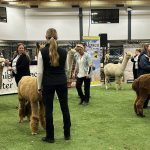Shane Juuti can really yak about his yaks.
They’re easy keepers, easy calvers, low maintenance, and do well in cold winter months, said Juuti who has been raising yaks since 1996 and now has 225 animals, the largest herd in Alberta.
That’s roughly one-quarter of the Canadian herd, which numbers less than 1,000 (there are about 7,500 in all of North America), and only a dozen people in Alberta have more than one or two. No one is suggesting they’ll ever become as common as in Tibet and Mongolia, but Juuti said more people might eat yak meat or raise the animals if they knew more about them.
Read Also
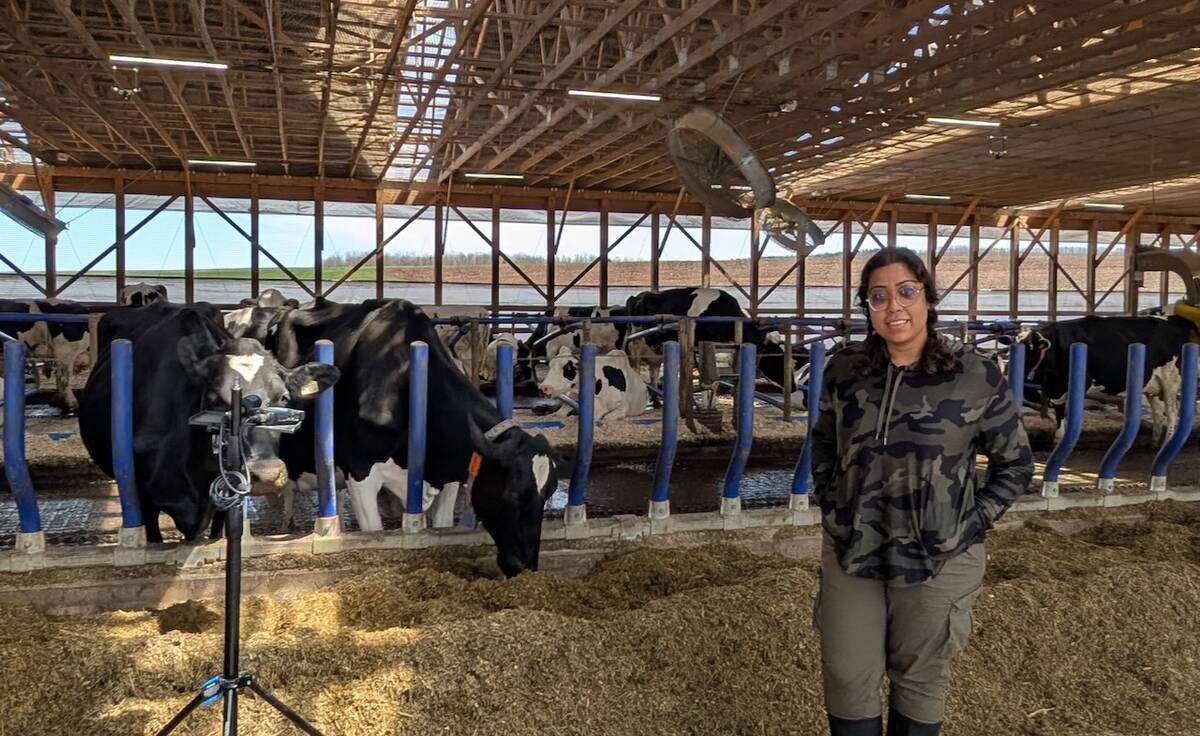
Moo translator and methane measures: There’s an app for that
Dalhousie University researchers use artificial intelligence to create new dairy farm apps that analyze cattle sounds and measure methane.
“We get people to try it, and they don’t even know what a yak is, let alone anything about trying the meat,” he said. “There’s a really good market for them if you let people know what they are.”
The biggest challenge in raising yaks is marketing, whether that’s live animals, yak meat or fibre products, said Juuti, who relies mostly on word of mouth and most of his marketing efforts are concentrated on his other business, breeding Canadian horses.
It would help if there were more yak producers in Alberta so they could join forces in marketing and if the American border — closed to yaks during BSE — was reopened, he said.
Juuti raised purebred Simmental cattle before purchasing three yaks in 1996, initially just breeding his animals and then later buying herds from Ontario and Saskatchewan. He liked them so much he sold his cattle.
“If you get one animal by itself, that can be a problem. They’re more of a herd animal than cows. But as far as chasing a herd, it’s the simplest thing in the world,” said Juuti, who moves his animals on foot.
Cows average 600 to 800 pounds and stand 4.5 feet at their hump, while bulls weigh 1,200 to 1,500 pounds and reach 6.5 feet at the hump.
Their thick shaggy fur is longer on the sides, with a woollen undercoat, and their cloven hooves help them manoeuvre on rocky terrain. Both sexes have long handlebar horns, and while domestic yaks are smaller than wild ones, they can live up to 20 years. Yaks have three colour patterns: black, royal (white and black), and trim, which features a star and two back feet that are white.
Since they originate from central Asia, winter’s no problem. Juuti doesn’t even need to water them in the winter, as they survive on snow. Summer’s a different story, and they become sluggish when the temperature goes above 16 C.
Juuti runs his cows and bulls together year round. Females begin calving in March and deliver a calf three out of four years. The animals have good mothering instincts and are protective of their new babies. New calves, which are only about 20 pounds when they are born, need to be tagged within the first day, before they get too hard to catch. Juuti runs his animals as an independent herd, but a few have accidentally crossbred with cows.
The animals are so self-sufficient that Juuti has only called a vet twice in all his years of yak ownership. They thrive on grass and a little bit of mineral in their diet. Juuti’s animals are naturally raised, and he sells most of his meat at the farm gate, and in a few urban stores. Animals are butchered before they hit their third birthday, and their meat is lean like bison or elk with an extremely low cholesterol content, and doesn’t have a gamey taste. A yak carcass will bring $1,500 rail price, or $100 at the auction market.
Juuti has also found the animals have a hidden talent. When he put a yak bull in with two unruly, combative Simmental bulls, the cattle stopped fighting with each other.
“I used him for that for several years. As long as he was in the bull pen, there was no fighting. They are the boss and they don’t allow for any fighting. So he was worth his weight in fence posts and planks, if nothing else,” said Juuti.


